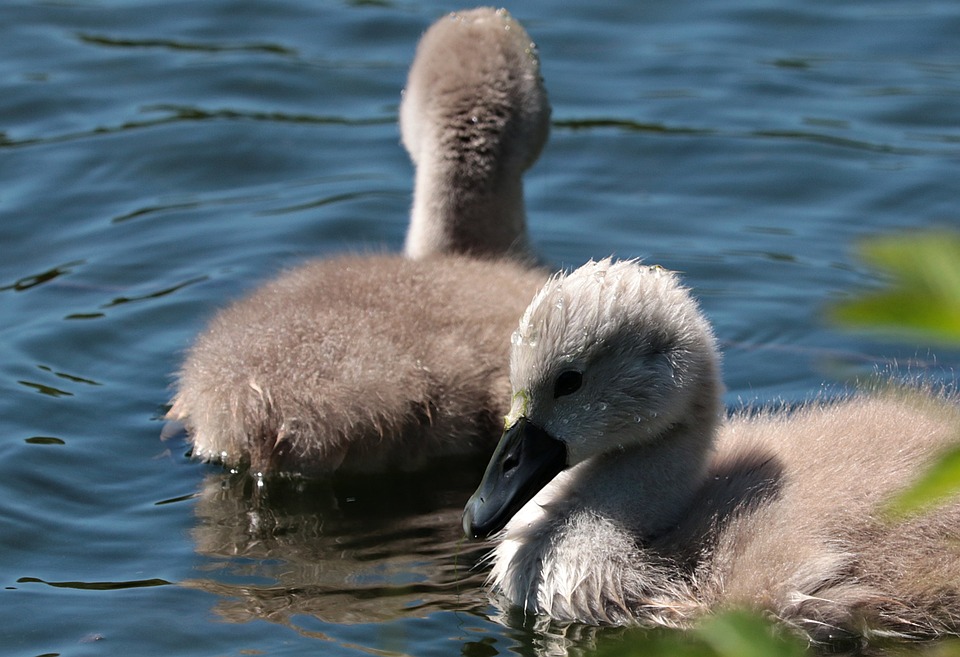Coping with Craniosynostosis: A Parent’s Survival Guide
Dealing with a diagnosis of craniosynostosis can be overwhelming for parents. This condition, in which the sutures in a baby’s skull close too early, can lead to a misshapen head and potentially to developmental issues. If you’ve recently received a diagnosis of craniosynostosis for your child, it’s important to remember that you’re not alone. Here are some tips to help you cope with this challenging situation.
Educate Yourself
One of the first steps in coping with craniosynostosis is to educate yourself about the condition. Understanding the causes, symptoms, and treatment options will help you feel more empowered and better able to make informed decisions for your child’s care. Speak with your child’s healthcare provider, do your own research, and consider joining support groups for parents of children with craniosynostosis.
Seek Support
It’s important to surround yourself with a strong support network during this time. Lean on family and friends for emotional support, and don’t be afraid to ask for help when you need it. Connecting with other parents who have gone through similar experiences can also provide valuable insight and encouragement.
Stay Positive
While it’s natural to feel worried and anxious about your child’s health, try to focus on the positive aspects of your situation. Many children with craniosynostosis go on to lead healthy, happy lives after receiving treatment. Keeping a positive mindset can help you navigate the challenges ahead with strength and resilience.
Take Care of Yourself
Remember to prioritize self-care during this stressful time. Make sure to get enough rest, eat well, and engage in activities that bring you joy and relaxation. By taking care of yourself, you’ll be better equipped to handle the demands of caring for a child with craniosynostosis.
Advocate for Your Child
As a parent, you are your child’s best advocate. Trust your instincts and speak up for your child’s needs. If you have concerns or questions, don’t hesitate to communicate openly with your child’s healthcare providers. Your active involvement in your child’s care can make a positive difference in their outcome.
Summary
Coping with a diagnosis of craniosynostosis can be challenging, but with the right support and mindset, you can navigate this difficult time with strength and optimism. Educating yourself about the condition, seeking support from others, staying positive, prioritizing self-care, and advocating for your child are essential steps in coping with craniosynostosis.
FAQs
Q: Will my child require surgery for craniosynostosis?
A: The need for surgery depends on the severity of your child’s condition. Your healthcare provider will discuss treatment options with you and help you make the best decision for your child’s care.
Q: What will my child’s long-term prognosis be?
A: With early intervention and appropriate treatment, many children with craniosynostosis go on to lead healthy, fulfilling lives. Your child’s healthcare team can provide more information about their specific prognosis.
Q: How can I connect with other parents of children with craniosynostosis?
A: Consider joining online support groups or reaching out to local hospitals or organizations that specialize in craniosynostosis. Connecting with other parents can provide valuable emotional support and practical advice.
[ad_2]
















コメント